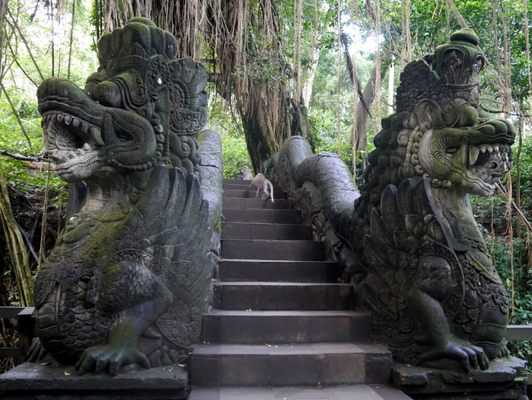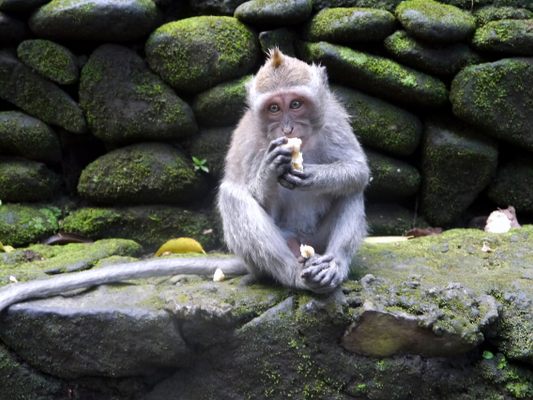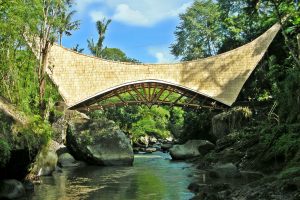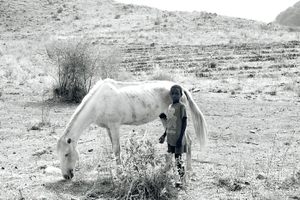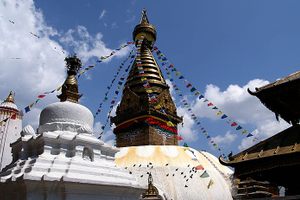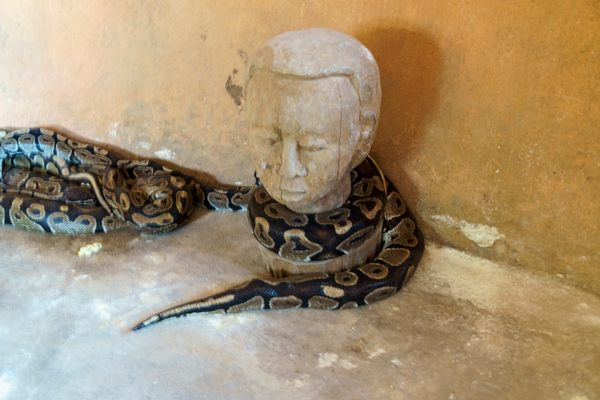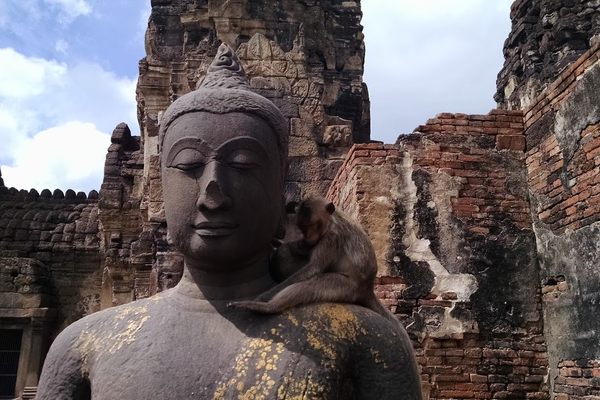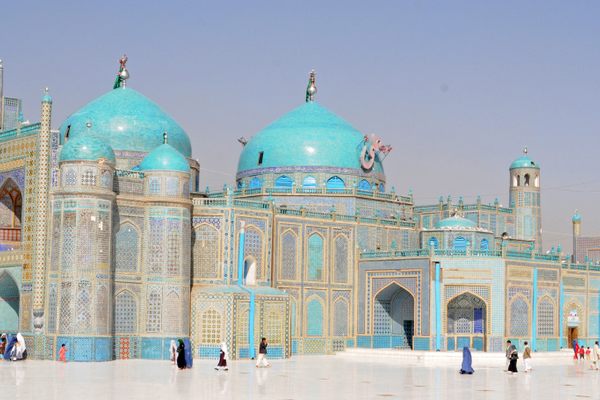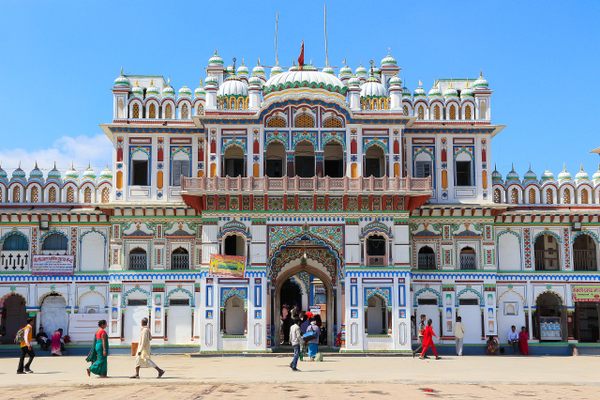About
In the center of Bali a centuries-old temple complex doubles as an ecological sanctuary for a thriving population of roughly 500 monkeys.
The Balinese long-tailed macaques that call the Monkey Forest home are free to come and go as they choose - there are no cages, and no walls to hold them in, so visitors to the Monkey Forest have the unusual opportunity to watch monkeys close up, with no bars between them.
Elsewhere in Bali macaques are often seen as pests, liable to steal valuable crops, but in the Monkey Forest they are revered and cared for as part of the spiritual life of the temples, and as manifestations of the Hindu monkey gods. The monkeys are fed and cared for by a staff of locals, who are also there to keep a watchful eye on tourists.
The forest itself is comprised of 27 acres of deeply forested land, winding paths, sacred sculptures, and three distinct temples. Over 80 different species of trees have been identified within the forest, which also offer sanctuary to a host of birds, lizards, squirrel and deer, in addition to the star monkeys.
The Monkey Forest is also home to a Pura Dalem, or Bali temple of the dead. It acts as counterpoint to the Pura Puseh (temples of origin) and Pura Desa (village temple) and contains a cemetery and Pura Prajapati (cremation temple) dedicated to Dewa Siwa, who judges the karma of the dead.
Headstones are easily visible in a clearing visible between the trees near the cremation temple, where the recently dead are buried while their families and loved ones save up for the lavish cremation festivities unique to Balinese culture. At the appointed time families will disinter the dead and relocate them to an elaborate cremation pyre, after which the ashes are distributed to family shrines.
It is thought that the earliest temple structures date back to around the mid 13th century, but they have been revised and rebuilt so many times over the years, up to an including the present day, that the edges of ancient and recent are thoroughly blended. The most sacred space in the Monkey Forest is the Lingga Yoni, a Hindu representation of phallus and womb, that has occupied the inner sanctum of the temple for hundreds of years. The third sacred space is a bathing temple, located along the stream that runs through the forest.
In recent years researchers from around the world have taken advantage of the opportunity to observe the monkeys in several studies.
Local vendors selling bananas and other treats to feed to the monkeys are usually positioned near the entrances, but visitors should bear in mind that the monkeys are wild animals that may bite and also may possibly carry disease. The official position of the Monkey Forest seems to be that no one will stop you from feeding the monkeys, but if you get bit it’s your own damned fault. Their website gently suggests that you might prefer to watch the staff feed the monkeys instead.
Related Tags
Know Before You Go
Entry: 40000 IDR (about $3) for adults, 30000 IDR (about $2.25) for students. Opening Hours: Monday-Sunday from 8 AM to 6 PM. Parking is free.
Community Contributors
Added By
Published
September 29, 2010










